At first glance, Buddha’s Hand (Citrus medica var. sarcodactylis) looks more like a floral sculpture than a fruit—an otherworldly citron with finger-like segments radiating outward. Revered for its intense, floral-citrus aroma and symbolic form, it’s treasured in religious ceremonies, gourmet cooking, and luxury fragrance. But when it comes to large-scale cultivation, China reigns supreme. Let’s explore why and what makes this fruit so uniquely remarkable.
What Makes Buddha’s Hand So Special?
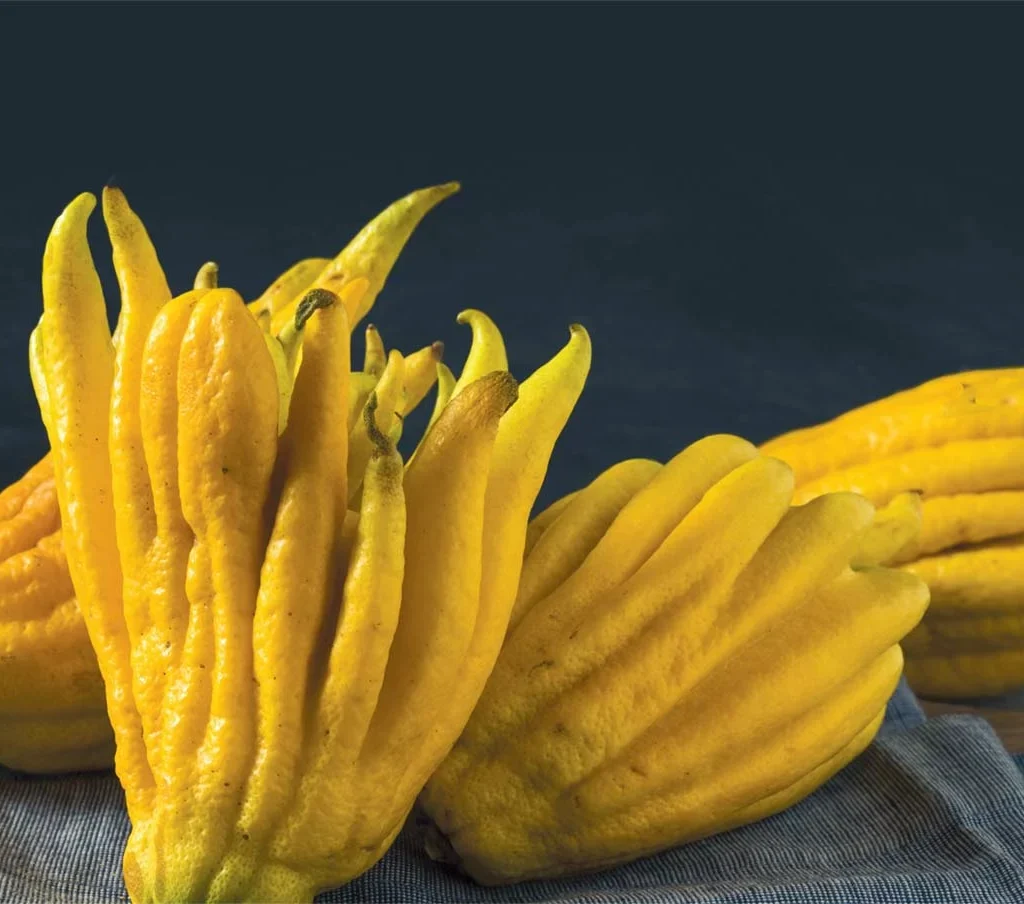
Buddha’s Hand is a type of citron—an ancient citrus—best known for having no pulp or juice, consisting almost entirely of fragrant rind and white pith freshplaza.com+11specialtyproduce.com+11americangardener.net+11. It comes in two main forms:
- Open-hand varieties: fingers spread outward like a welcoming hand.
- Closed-hand varieties: fingers held side by side, symbolizing prayer thespruceeats.com+5en.wikipedia.org+5flowersofindia.net+5.
Used for zesting, fragrance, candied peel, liqueurs, and as religious offerings, it delivers a potent lemony, floral scent often likened to lemon-lavender epicureanearth.com+1thespruceeats.com+1.
China: The Leading Producer
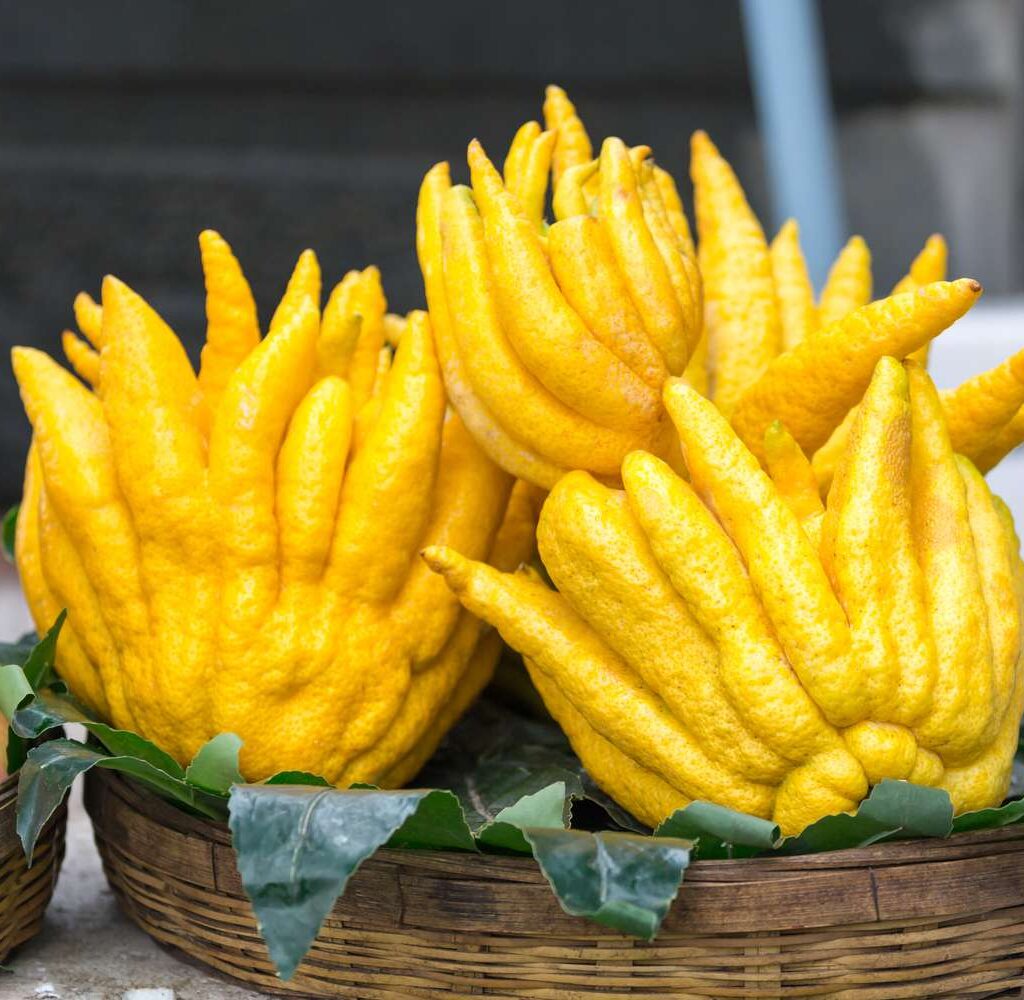
Origins and Cultivation
Buddha’s Hand is believed to have originated in northeastern India or southern China, cultivated in China for thousands of years, where its unique form became intertwined with spiritual symbolism freshplaza.com+15americangardener.net+15thursd.com+15.
Major Production Regions
China—especially provinces like Fujian, Jiangsu, Sichuan, and parts of southern China—boasts the largest orchards of this citrus. Though global data is limited, the country dominates commercial output and domestic consumption.
Cultural Importance
The fruit is deeply embedded in Chinese and East Asian culture:
- Placed on Buddhist altars as an offering—especially the closed-hand type, which symbolizes prayer flowersofindia.net+3specialtyproduce.com+3en.wikipedia.org+3.
- Given as a New Year gift to convey happiness, longevity, and good fortune thespruceeats.com+2en.wikipedia.org+2americangardener.net+2.
- Displayed around homes and temples for its fragrant aura reddit.com+15epicureanearth.com+15thespruceeats.com+15.
Culinary and Commercial Value
China leverages Buddha’s Hand for:
- Zest and peeled segments in drinks, sauces, desserts, and baked goods imarcgroup.com+15specialtyproduce.com+15epicureanearth.com+15.
- Essential oil extraction, valued in perfumes, aromatherapy, and air fresheners .
- Premium gifting during major festivals, sustaining high retail values .
China’s rich heritage, spiritual usage, and strong home market consolidate its status as the world’s largest producer, both in scale and cultural significance.
Global Cultivation: Beyond China
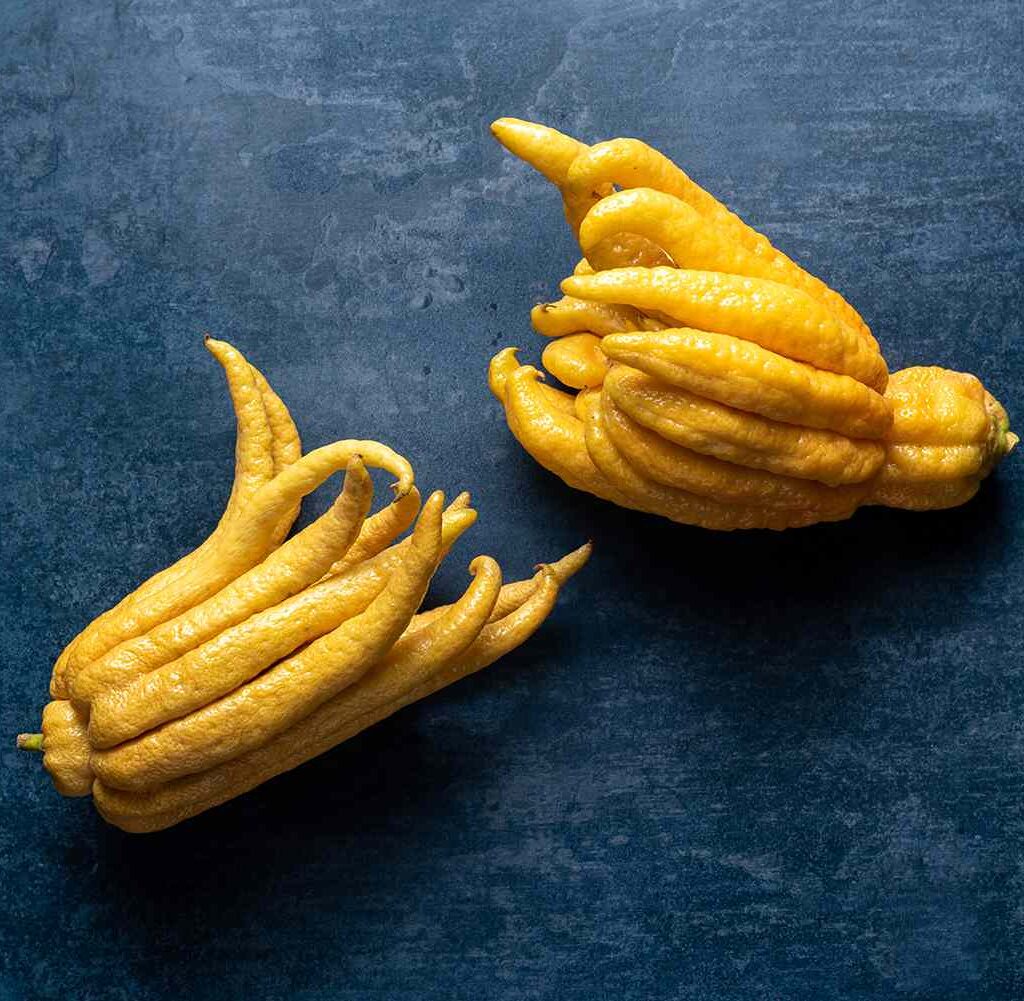
Though China leads, Buddha’s Hand is grown elsewhere under scaled conditions:
| Country | Cultivation Status |
|---|---|
| India | Indigenous origin; cultivated in Assam, Himachal; used in ritual and cooking flowersofindia.net+6epicureanearth.com+6libertyprim.com+6en.wikipedia.org+4reddit.com+4thespruceeats.com+4. |
| Japan | Known as bushukan; used as New Year’s gift, home décor . |
| United States | Grown in California and Florida; niche commercial orchards, specialty citrus collections . |
| Australia | Small commercial orchards exist; sells in gourmet markets ~US$25/kg . |
| Mediterranean | Grown ornamentally along coastal regions; limited commercial spread . |
Despite pockets of interest, none match China’s cultural integration, production volume, or domestic consumption.
Culinary, Aromatic & Medicinal Uses
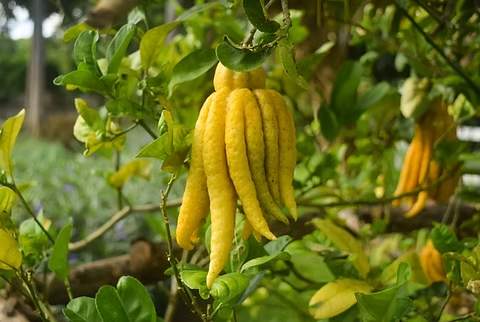
- Culinary zest: Adds intense citrus for baked goods, sauces, marinades, and cocktails en.wikipedia.org+9specialtyproduce.com+9thursd.com+9.
- Candied peel and liqueurs: Especially valued in gourmet kitchens and home crafts .
- Aromatherapy & decorative: Rind used to scent rooms, linens, or as an ornamental showpiece .
- Medicinal uses: Traditional remedies use peel tea for digestion and boosting immunity thursd.com.
Production Challenges & Opportunities
Challenges
- Limited edible pulp: Heavy reliance on rind limits usage en.wikipedia.org+5specialtyproduce.com+5thespruceeats.com+5.
- Climate sensitivity: Needs frost-free temperate-subtropical climate .
- Shelf-life concerns: Essential oils degrade if improperly stored .
- Niche markets: High prices and limited consumer awareness restrict mainstream appeal.
Opportunities
- Essential oil market: Rising global scent and wellness trends could boost demand .
- Gourmet cuisine: Chefs and mixologists are embracing it for unique citrus notes .
- Cultural gifting: Opportunity to expand holiday-tradition gifting in East Asian communities .
- Ornamental fruit niche: Can be marketed like bonsai or artwork for high-end interiors.
Outlook: Is China’s Leadership Secure?

Absolutely. China’s leadership in Buddha’s Hand production is rooted in:
- Deep agricultural heritage across major citrus regions.
- Cultural usage in religious, gift, and aromatic practices.
- Domestic processing infrastructure in zest, oils, and traditional uses.
- Protective intellectual and agricultural systems around specialty citrons.
The growing niche global interest in exotic citrus means other producers may emerge—but China’s combination of scale, history, and culture makes its dominance durable.
Final Verdict
So, which country is the largest Buddha’s Hand producer in the world? The definitive answer: China. Home to centuries of cultivation, spiritual reverence, and widespread domestic and commercial use, China remains unmatched in both volume and cultural impact.
Would you like a meta description, SEO title, or social media captions to go with the article? I’d be delighted to help tailor those for you!

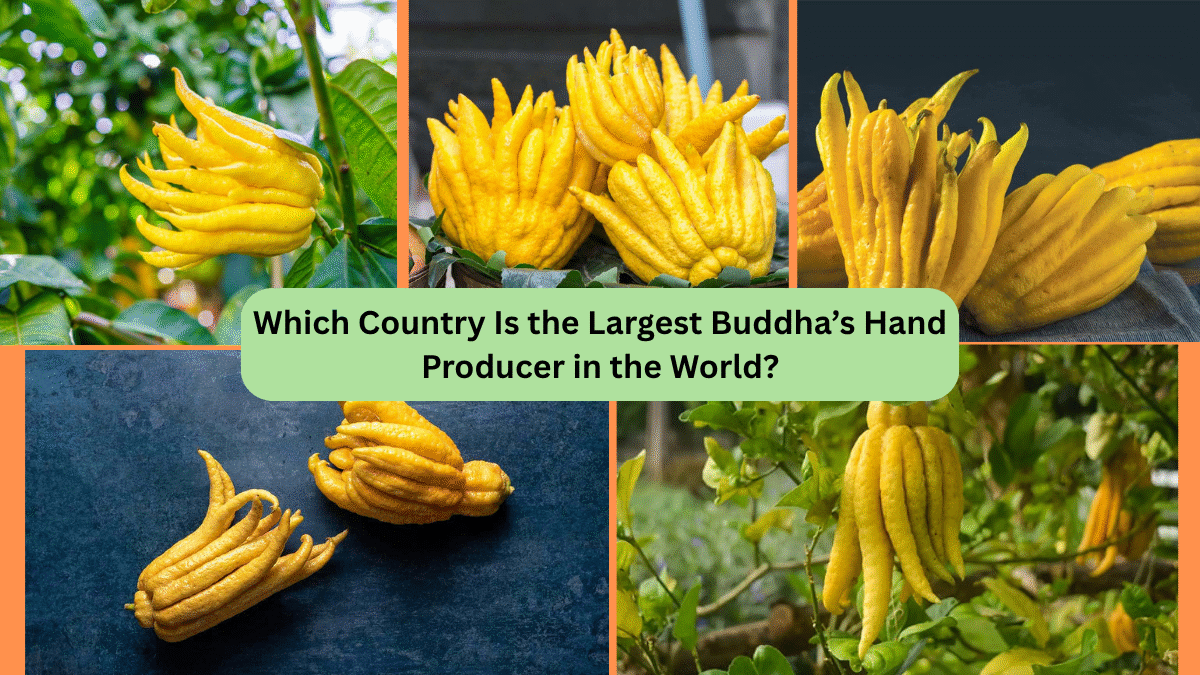
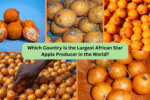


Leave A Comment